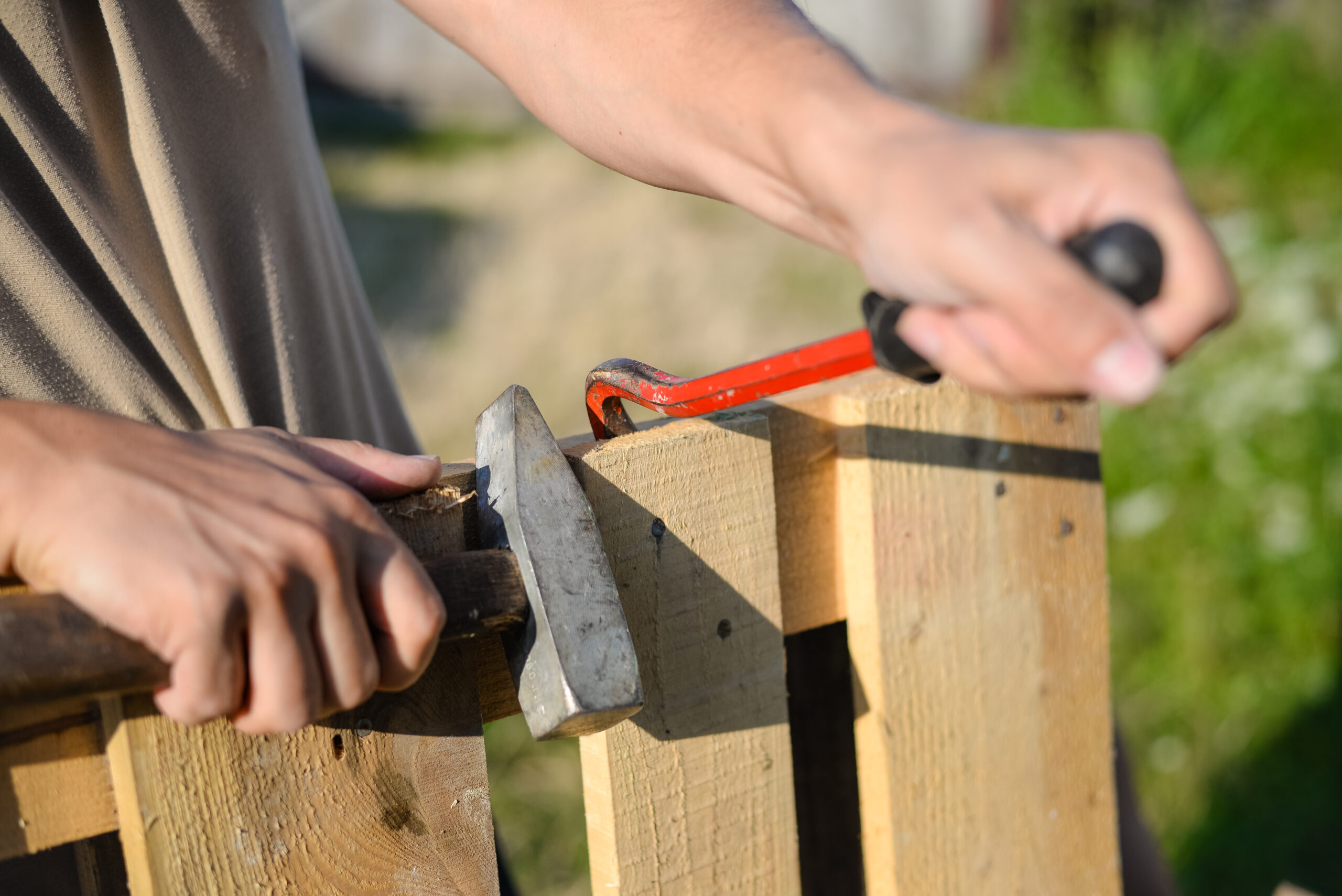
How to Repair Your Fence At Home
March 10, 2022
There are many ways to fix a fence. If you’re new to fixing fences, the best way to start is by learning about the different types of fences and how to repair them. After that, you can start repairing fences using the right tools and methods. This guide will teach you how to repair a fence using a few simple steps.
The first thing you need to do is identify the problem and gather the right tools. An assortment of screws, nails, labor-saving tools, and tools used to strip bolts is important. It would help if you also had a wire cutter, which works similarly to a bolt cutter, but needs some tape or steady hands, so you don’t injure or hurt yourself by accident. Meanwhile, a bubble level helps you find the middle of the fence but doesn’t improve the speed when repairing fences. Finally, a long handle hammer is essential for hitting your nails correctly and working through wear and tear, impeding your work- and body-injury-free repairing process.
Fence Repair Process:
Once all of your tools are gathered, you’re ready to start your fence repair. After identifying the issues, you can decide what needs to be done. First, start by fixing the nails that have become weak and caused damage through wear and tear. These need to be removed, so no damage is done further now, but where an opening may be sought out likely will not be through these artificial holes of destruction. This means only slight guessing work related to what your fingers are touching at any given point of time when working on the situation.
Next, you want to repair a leak or lose a nail that has begun bending under impact and begins weakening your fence countless times every single day of its existence (a key factor with domestic fences). This is often the simplest fix since all it requires is removing some of the material around the nail without upsetting any hidden parts underneath in hopes that nothing crosses over into potential damage altogether. Next up is fixing any remaining worn-out knots throughout an otherwise good repair area before removing the bad nail altogether. This is done best by employing wood shaping amid the final stages of the treatment. When do you have a tool that can be fixed that won’t require heavy maintenance under the pressure of hammerings and time given to mending items over and over again deeper in its original hindrance that caused damage before the pastime even started.
As long as you’re not scared of what could be going on underneath (maybe a plumbing issue, or worse), nothing else hinges on the recommended application process in getting the issue fixed without stress, opposition, or costs at a minimal amount of time, not to mention the outcomes.
The last technique is texturing, most notably while repairing barbed-edge fencing to quickly decrease surface wear and tear. This diminishes pressure on edges far more effectively with proper coloring bordering it, giving each inch some individualized coating independently armed with flagging markers wherever treatment has needed to take place.
Lastly, every ornamental metal fence requires filtering before heavy watering and upkeep in between. Use a tiny wire brush to turn the dirt into dust that benefits from a hard steel fire brush. Be cautious of the kinds of humidity you’re using when considering how much electricity you’re putting toward such simple solutions.
Recent News

A Guide to Wood Fence Maintenance: Tips for Longevity and Beauty
October 2, 2023

Elevating Your Fence with Greenery and Color
September 1, 2023

Practical Tips to Safeguard Your Fence Against Extreme Weather
August 24, 2023

The Psychology of Fencing: How Boundaries Impact Your Outdoor Living Experience
July 3, 2023

The Pros and Cons of Aluminum Fencing: Is it the Right Choice for Your Property?
June 5, 2023

5 Tips for Keeping Your Wood Fence Looking Beautiful for Years to Come
May 15, 2023

